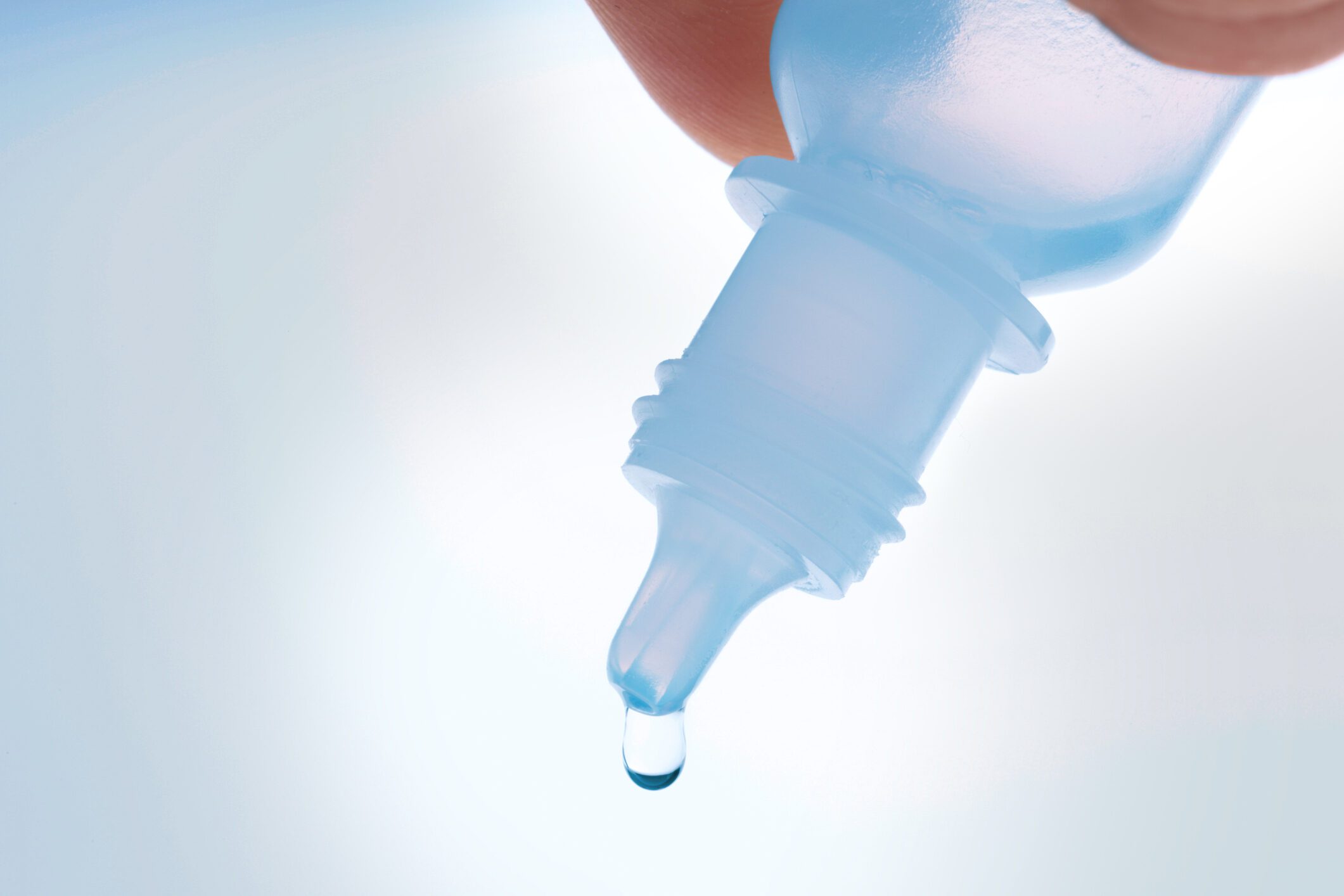This medication treats an issue that affects patients of all ages, some associated with Covid infection. Here's why authorities are pulling this trusted treatment.

More Than 136,000 Eye Drop Bottles Have Been Recalled Nationwide

Pink eye: A daycare parent’s dread, and a diagnosis that gained momentum for all ages in recent years as it was a symptom of Covid for some patients. Before the pandemic, data suggested that three million Americans experienced pink eye, also known as conjunctivitis, each year—but some sources suggest updated numbers would show it’s been even more prevalent.
A recent recall could temporarily halt treatment for some patients contending with pink eye. On December 16, 2024, the U.S. Food and Drug Administration (FDA) announced a nationwide recall affecting 136,181 bottles of prescription eye solution, marketed as Ciprofloxacin Ophthalmic Solution, 0.3% as base. On January 3, the FDA classified this event as a Class II risk level, which means they consider it “a situation in which use of or exposure to a violative product may cause temporary or medically reversible adverse health consequences or where the probability of serious adverse health consequences is remote.”
The FDA notes the reason for this recall as a packaging defect. As their report explains, some consumers were “unable to get the solution out of the bottle as the spike of the cap was lodged in the nozzle of the product bottle.” It is not immediately clear from the FDA’s recall notice whether this defect compromised the sterility of the bottles’ contents, or if this would have been of concern for a different reason.
The affected eye drops, distributed by Leading Pharma LLC, of Fairfield, NJ, and manufactured by FDC Limited, of Maharashtra, India, were packaged in five-milliliter (5 mL) sterile bottles. Patients can use the following the codes and expiration dates printed on the label to determine whether your specific prescription is affected by the recall:
- National Drug Code (NDC): 69315-308-05
- Lot Number: 083L111 (Exp. Date: November 30, 2025)
- Lot Number: 084A032 (Exp. Date: December 31, 2025)
The Mayo Clinic explains that ciprofloxacin ophthalmic solution is most commonly used to treat bacterial eye infections (conjunctivitis) and corneal ulcers. Ciprofloxacin belongs to a group of medicines called fluoroquinolone antibiotics, and works by killing bacteria that causes conjunctivitis and other types of eye infection. In a separate report outlining its efficacy, the FDA stated that in clinical trials, “approximately 75% of the patients with signs and symptoms of bacterial conjunctivitis and positive conjunctival cultures were clinically cured and approximately 80% had presumed pathogens eradicated by the end of treatment.”
Both the FDA and the Mayo Clinic emphasize the importance of maintaining the solution’s sterility by keeping the applicator nozzle clean—advice that could be undermined if consumers attempt to fix the defective bottle at home to continue its use. “To keep the medicine as germ-free as possible, do not touch the applicator tip to any surface (including the eye). Also, keep the container tightly closed,” the Mayo Clinic writes.
If you believe you have purchased an affected product, speak with your doctor to request a replacement for your prescription.
For daily wellness updates, subscribe to The Healthy by Reader’s Digest newsletter and follow The Healthy on Facebook and Instagram. Keep reading:
- 23,000 Bottles of a Skincare Product Have Been Recalled Nationwide
- 12,000 Batteries Sold at Walmart, Amazon and More Recalled for Child Danger
- 2 Products for Children Have Been Recalled Nationwide for Serious Health Risks
- Another Blood Pressure Medication Has Been Recalled Due to Potential Cancer Link


















